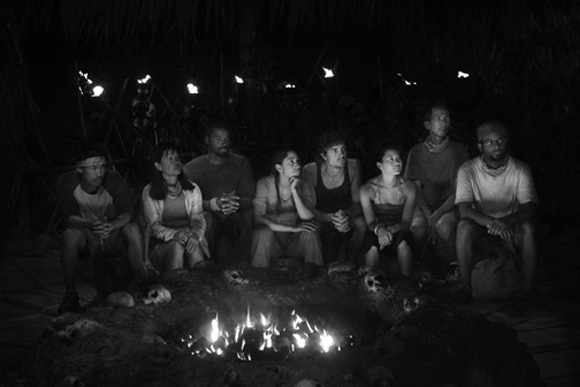
A year ago, for our second quarter “architect in the community” issue, we focused on Los Angeles, site of that year’s AIA National Convention. This year we focus on the Bay Area. The reason this time is not temporal but topical: this issue of arcCA is devoted to Design Review, a process for which San Francisco and surrounding communities are noted—or, one might say, notorious.
In this issue, you will find three perspectives on design review in San Francisco: a highly critical appraisal by development and planning consultant David Prowler (originally published in the newsletter of the San Francisco Planning and Urban Research Association (SPUR), January 2007); a story by John Schlesinger, AIA, of a series of design workshops presented to the San Francisco Planning Commission on behalf of AIA San Francisco; and some encouraging front-line experiences of design review by architect Owen Kennerly, AIA.
As background for these studies of design review, we offer two complementary historical perspectives by two of California’s premier architectural historians, David Gebhard and Mitchell Schwarzer.
You will also find other Bay Area-centric articles: a proposal for “Design Review Guidelines Guidelines” by San Mateo architect Ellis Schoichet, AIA; an interview with San Francisco architect Sylvia Kwan, FAIA, who was a contestant on this season’s Survivor; AIA San Francisco’s selection of the city’s best-loved buildings, reported by John King, urban design writer for the San Francisco Chronicle; an elegant and economical renovation for the East Oakland School of the Arts, by San Francisco’s Stoner Meek Architecture and Urban Design (in “Under the Radar”); and, for our “Coda,” a brief look at changing design review criteria, as seen in mid-twentieth century and early twenty-first century additions to a late-nineteenth century San Francisco landmark.
We also look at a landscape much-neglected by the architectural press: that of the suburban office park, reflecting on the role of design review in the formation of the Sand Hill Road Corridor in Menlo Park and Palo Alto.
And, as always, we try to have at least one nutsy-boltsy, how-to article, this one on how best to behave at a design review hearing, Wendy Kohn’s “Confessions of a Design Reviewer.”
Originally published 2nd quarter 2007 in arcCA 07.2, “Design Review.”





